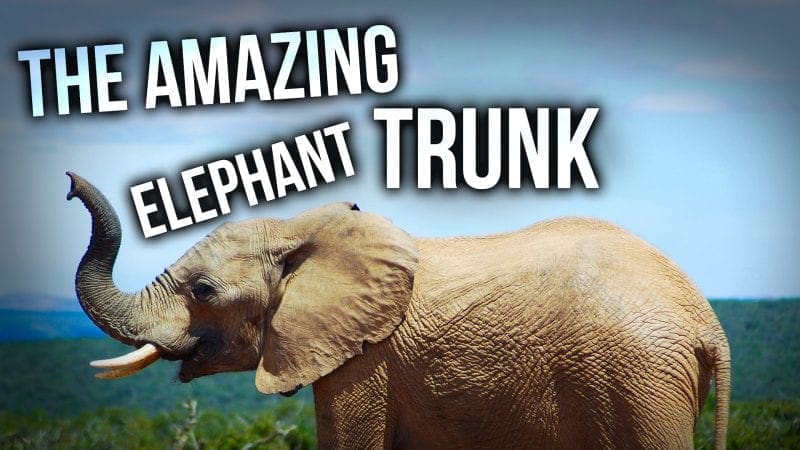CLICK HERE TO SIGN UP FOR OUR FREE BI-MONTHLY CREATION CLUB MAGAZINE WHERE THIS ARTICLE WAS FEATURED
If I asked you to name an African animal, you’d probably answer “elephant” right away. This mammal, the largest land animal alive, is one of the more well-known African animals. And rightly so! It’s large size, long trunk, floppy ears, and baggy skin certainly make it a memorable sight to anyone who has seen one.
Though elephants are usually associated with Africa, only one species lives there; the African elephant. The other species is the Asian elephant and you can probably figure out where they live! It’s easy to tell the difference between these two species with just a glance.
The most obvious is size. Asian elephants are noticeably smaller than their African kin. Asian elephants also have ears that are straight on the bottom while African elephants have the fan-shaped ears we usually associate with elephants. Asian elephants have four back toes, African elephants only have three.
The elephants most famous feature is, of course, it’s trunk. During photo safaris in South Africa, I’ve seen their trunk at work and it’s amazing! Their trunks can be up to seven feet long and weigh in at four hundred pounds! A elephant’s trunk contains no bones just a lot of muscle. Like a lot—40,000 individual muscles!
African elephants have two “fingers” on the end of their trunk they can use to pick up things. Asian elephants only have one, so they wrap their trunk around objects to pick them up. An elephant can lift up to 4.5 percent of its own weight using its trunk! And when you weigh in at four to six tons, that’s a lot of weight.
In addition to picking up things, elephants use their trunks to smell, breathe, and as a snorkel. Elephants have an extremely good sense of smell. They can detect water from several miles away, a very helpful feature during the dry season when water holes are few and far between.
It’s funny, some Bible commentaries and foot or study notes name the elephant as the most likely definition of the Behemoth mentioned in Job chapter forty.
This beast named Behemoth is described as chief among what God has made with bones of iron and a massive belly. That certainly seems to describe an elephant. But the text also says Behemoth had a tail like a cedar tree.
Elephants have rather unimpressive tails. Certainly nothing that would remind you of a cedar tree! We know now it’s far more likely God was referring to the largest land animal ever created—the sauropod dinosaur. It’s extinct now, but it would likely have been alive and well at the time of Job.
But, as the largest living land animal, the elephant does remind us of God’s power and ability to create. He designed everything—including the mighty elephant.
I’m David Rives…Truly, the heavens declare the glory of God.
CLICK HERE TO SIGN UP FOR OUR FREE BI-MONTHLY CREATION CLUB MAGAZINE WHERE THIS ARTICLE WAS FEATURED


God’s Big Book of Animals Book by Orit Kashtan | MB – Children’s Books
In God’s Big Book of Animals kids learn about animals from a Bibilical perspective. From elephants to Emperor penguins, learn about 50 animals in all!
God’s Big Book of Animals – Explore the weird, wacky, and wild world of animals! Discover the secrets of your favorite animal’s odd behaviors, such as why woodpeckers don’t get headaches, how octopuses change colors, and what helps insects walk sideways and even upside down! From shrews to skunks, elephants to Emperor penguins, learn about 50 animals in all! This fun kids book is filled with full-color images of each creature, as well as their behavior and habitats. Also the engaging and humorous text inspires praise to God for the work of His hands!
Details for God’s Big Book of Animals
Format: Hardback
Page Count: 208
Audience: Children
Color: Full color

